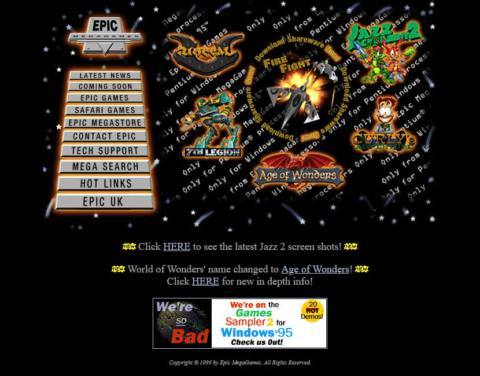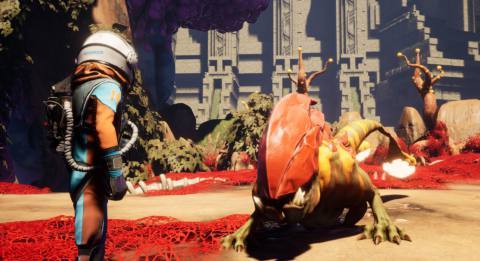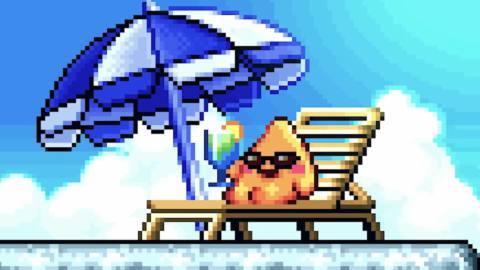
In 1997, Diablo was everything to me; I thought about it at school, at family dinners, netball practice, recess. Even when I was allowed to play it on my dad’s Gateway 2000, I wanted more. And the only place to get more Diablo, back then, was on the Diablo website. Yes, there were fan sites packed with cheats and the same gifs – but what I wanted was a pure unadulterated hit from the official webpage, its message boards filled with poetry and oddly civil flame wars and passive-aggressive posts titled “SUGGESTIONS for Blizzard to Read.” There was no YouTube or Discord or Twitch, and certainly no influencer/streaming ecosystem. Sure, there was IRC and usenet and bulletin boards, which formed the backbone of social networks back then – and were the foundation for more accessible World Wide Web experiences that followed. But in the late 90s, there was something truly special going on for fans who wanted a direct connection to their games: the short-lived but holy institution of the official forum-based website.
Around the same time as my Diablo mania, a teenaged Dana Nightingale was asked to do her first professional web design job. She’d been a fan of Looking Glass Studios since Ultima Underworld came out in 1992; when she heard rumours of System Shock 2, a new shooter by ex-Looking Glass devs under the banner of Irrational Games, she and a friend made a fan site in anticipation of its existence. Nightingale was also waiting for Looking Glass to unveil Thief: The Dark Project. “[Thief] at the time was my most anticipated game by a long shot, and if you look at the landscape of 1998, that’s saying a lot,” she says. “So together with some other folks, we made a hub for fans of these games, and we called it Through the Looking Glass.”
Irrational got in touch with Nightingale to make their sites. “I definitely wasn’t even 20 at the time. I barely knew what I was doing,” she says on a Zoom call. “I threw some HTML on there, took the copy they sent me – didn’t know back then that it was called copy – and put it all together.” For System Shock 2, the only visual she was given was a picture of Shodan’s face. “I [had] to make everything based on just one image, that’s all I had,” she laughs, pointing to the website’s splash page while sharing her screen. Today, Nightingale is level design director at Arkane Lyon, where she’s worked for the past 13 years; a week before our chat, she’d unearthed the original Irrational website files by accident on an old hard drive. “I don’t even remember how much [Irrational] paid me,” she grins, “but it probably wasn’t very much.”





